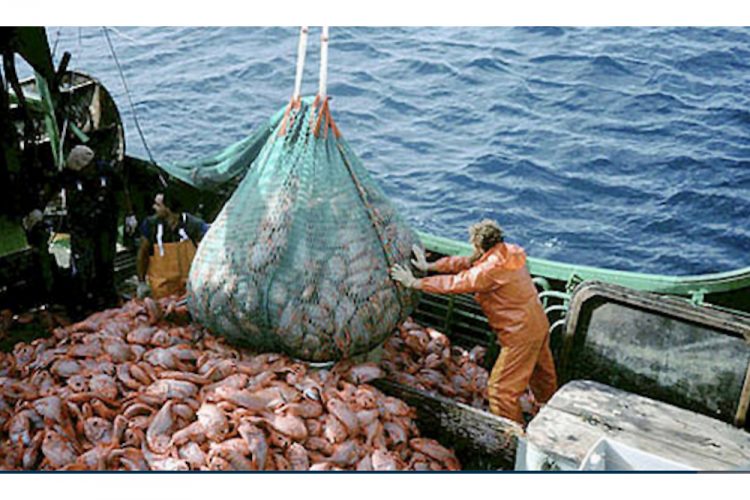Where did all the fish go?

On November 21, many fishing communities around the world celebrated World Fisheries Day. According to WorldFish, an international non-profit research organisation that seeks to reduce hunger and poverty through fisheries and aquaculture, World Fisheries Day serves as an important reminder that we need to change the way we manage global fisheries in order to maintain stocks and healthy aquatic ecosystems.
In the Caribbean region, the fisheries sector is critical to our well-being since it provides food security, income for both small-scale fisherfolk and commercial fishers, as well as a source of foreign exchange from exports and its linkage with the tourism sector. According to Leonard Nurse of the Centre for Resource Management and Environmental Science (CERMES) at the University of the West Indies in Barbados, fisheries employ over 200,000 people in the Caribbean Community, earning USD $5 billion to $6 billion per year in foreign exchange and providing about 10 percent of the region’s protein intake. The sector also provides employment in other downstream occupations such as marketing, trading and processing, as well as in many ancillary services.
Unfortunately, the region’s fish stock is under threat from overfishing as well as illegal, unreported and unregulated fishing. Two years ago, top fisheries scientists from across the Caribbean region gathered in Barbados to assess the state of fisheries in the region and their discussions revealed that 54 percent of species or species groups were considered overfished or over-to-fully fished.
In addition to the problem of overfishing, the fisheries sector is also threatened by human activity in the form of climate change, coastal development and pollution. On the issue of climate change in particular, commercially valuable species considered to be most vulnerable to its effects include groupers, snappers and parrotfish.
The most extreme possibility, if one can be permitted to be alarmist, is that there will be simply no fish in the sea for future generations if things continue on their current trajectory. However, before we get to this stage, what is likely to happen in the short to medium term if there is no action to halt and reverse the current trends, is that we will have fewer and fewer fish available to our commercial and artisanal fisherfolk. There are multiple implications stemming from this, including, but not limited to, loss of employment and revenue, as well as a nutrition crisis given the importance of fish as a source of protein.
How do we halt and reverse the threat to our fish stock? There are no easy answers. Invariably, there are possibly a number of things that ordinary people can do to ensure that fish lovers can continue to meet their food and nutrition as well as their economic needs. For starters, we can be much more mindful of our environment and dispose of our garbage properly since a great deal of improperly disposed garbage end up in our seas and oceans and negatively impact on marine life. Persons involved in both commercial and artisanal fishing must also use the appropriate fishing gear and methods and catch only what is needed. Coastal businesses and households should also revisit their waste disposal practices ensuring that waste, especially untreated waste, is not dumped into the sea.
Finally, there is also a role for governments and policymakers to play. For one, there is the issue of putting policies in place to ensure that coastal development and land management practices are consistent with marine conservation objectives. The other area that would need focus is that of aquaculture and in this regard, incentives and policies will need to be put in place to encourage this type of activity and just maybe this would give our fish a chance to replenish.










